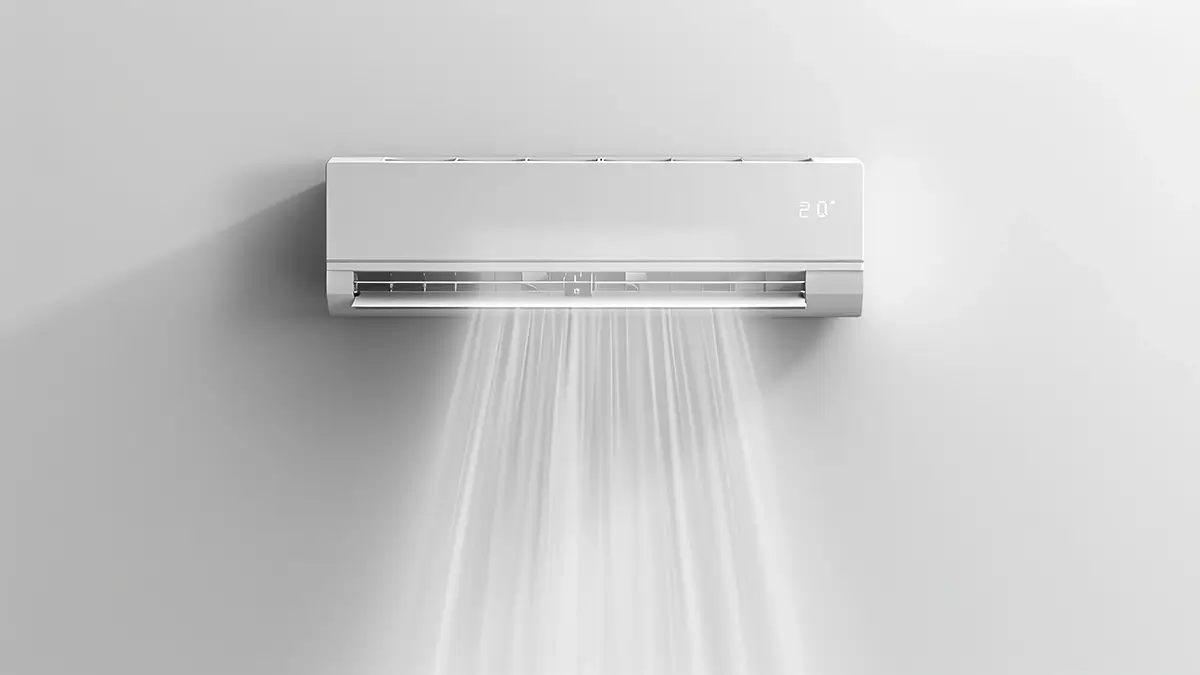
 Guide
Guide  What consumes the most electricity in your home? Let's find out!
What consumes the most electricity in your home? Let's find out! 
 Back
BackElectricity is a bit like water from the tap – when everything works as it should, there are no worries. The situation changes when it's time to pay the bills... Suddenly, we start wondering: what uses the most electricity in our home? Why is the meter spinning faster than the drum in the washing machine during the spin cycle? The answer is not always obvious, and a lot depends on us. In this article, we will check which appliances can effectively drain your budget.
Which appliances consume the most electricity and why?
How much electricity your home appliances consume is not a matter of chance or the result of a faulty meter. It is the result of several specific factors that together form a picture of energy consumption – often much higher than we would expect.
What affects electricity consumption in the home:
If you want to really understand what consumes the most electricity in your home, it is not enough to take a closer look at the equipment itself. You need to look much broader, including your habits.
What consumes the most electricity in your home? Ranking of appliances
High electricity bills do not come out of nowhere – behind every pound there is specific equipment. To save money, it is not enough to simply use less. You need to know which appliances consume the most electricity and where the kilowatts are going.
The electric cooker usually takes first place. Its appetite for energy is enormous, especially if you bake, cook and heat something every day. The same is true for induction hobs – although slightly more modern, they are just as energy-hungry.
In some homes, the electric boiler also makes it onto the podium – you have to pay for comfort, unless you install an energy-efficient Split heat pump with a hot water tank. On the other hand, every residential building has a refrigerator, which runs 24 hours a day, 7 days a week, and has a significant impact on bills.
What other energy guzzlers are there in the home? Surprisingly high on the list is the electric kettle – it may be small, but it is used very intensively. Annual consumption depends on the model and usage habits. A dishwasher or tumble dryer requires little less.
Some appliances do not scream ‘I am energy-intensive’, but they operate every day and effectively increase the meter reading. These include desktop computers, laptops and televisions. Let's not forget about lighting, especially if you use traditional light bulbs. Switching to LEDs is a real saving – up to 80% less energy for the same amount of light.
And finally, standby mode, a technical convenience that costs real money. A TV switched off with the remote control still consumes between 0.5 and 5 W. A router? Up to 9 W, 24/7. And a digital TV decoder can operate at up to 28 W all the time. How can you check what consumes a lot of power in standby mode? Just touch it – if the device is warm, it means it is working.
How can you check what consumes a lot of power?
Before you start suspecting your refrigerator of conspiring against your wallet, conduct a home investigation. First, take a look at your electricity bill. It's not just a document to pay, but also a mine of data. Check your energy consumption in kilowatt-hours (kWh) and compare it month by month. If you see a sudden spike without any change in your lifestyle, something is clearly consuming a lot of electricity in your home.
To track down the energy thief, electricity consumption calculators come to the rescue – these are online tools that allow you to easily estimate how much energy a given device needs. Just enter the power of the device (in watts), the estimated operating time, and voilà – you have the result in kWh.
How to check what consumes a lot of electricity? If you want to go a step further, use an analogue calculator: a piece of paper, a pen and a simple formula. Device power (W) × number of hours of operation ÷ 1000 = consumption in kWh. For example: a 2000 W kettle used for 1 hour consumes 2 kWh per day, or 60 kWh per month.
For the most inquisitive and those who want specific data rather than estimates, energy meters are the ideal solution. These small devices are plugged into the socket, and then you plug your equipment into them. The device shows the current power consumption, energy consumption at a given time and the cost. This is the easiest way to check power consumption in standby mode.
How to deal with power guzzlers at home?
Saving electricity does not have to mean sitting in the dark and giving up your favourite appliances. In fact, it is more about being smart than making sacrifices. The key to lower bills is not radical measures, but everyday decisions which, although seemingly insignificant, make a difference over the course of a year.
Remember, if your equipment is more than 10 years old, it probably uses half as much energy as its modern equivalent. In that case, don't wonder what uses the most electricity in your home, just invest in a newer model – this investment will pay for itself in a few years in lower bills.





